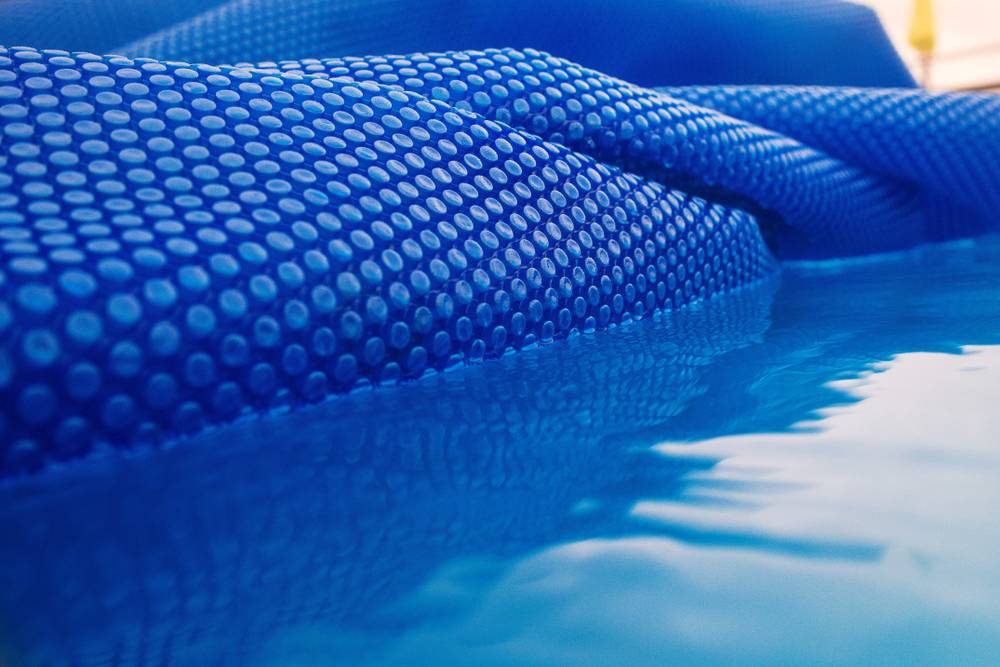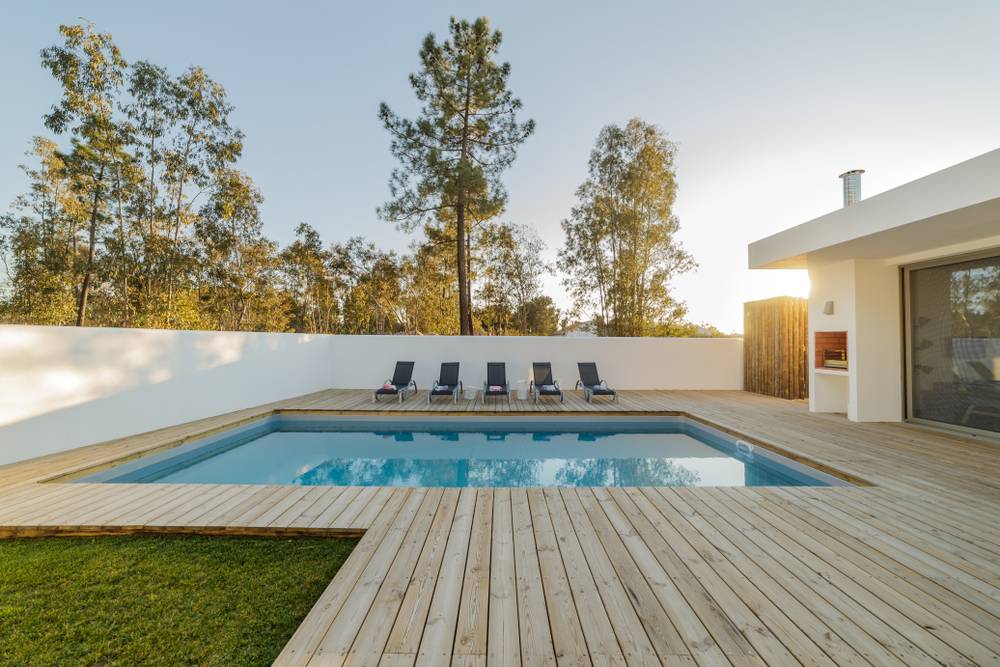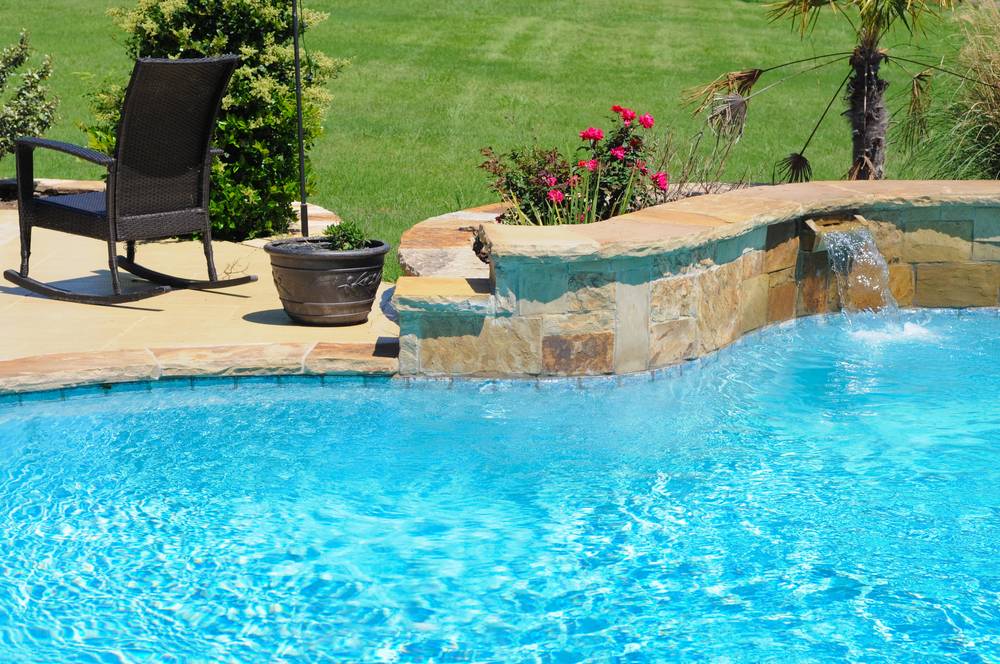- Mar 11, 2023
- 29
- Pool Size
- 7610
- Surface
- Fiberglass
- Chlorine
- Salt Water Generator
- SWG Type
- Pentair Intellichlor IC-20
Hello all! I am trying to nail down exactly what number I should shoot for for FC, PH, TA, CH, CYA, and Salt. Of course, I understand there will always be some variation, but I'm a perfectionist, and I need a concrete goal. I assumed I'd be able to use the pool manufacturers numbers, but those seem to conflict a bit with my salt cell and heater, which seems to conflict a bit with TF Pools. Give me you recommendations of who to follow and WHY, please 






